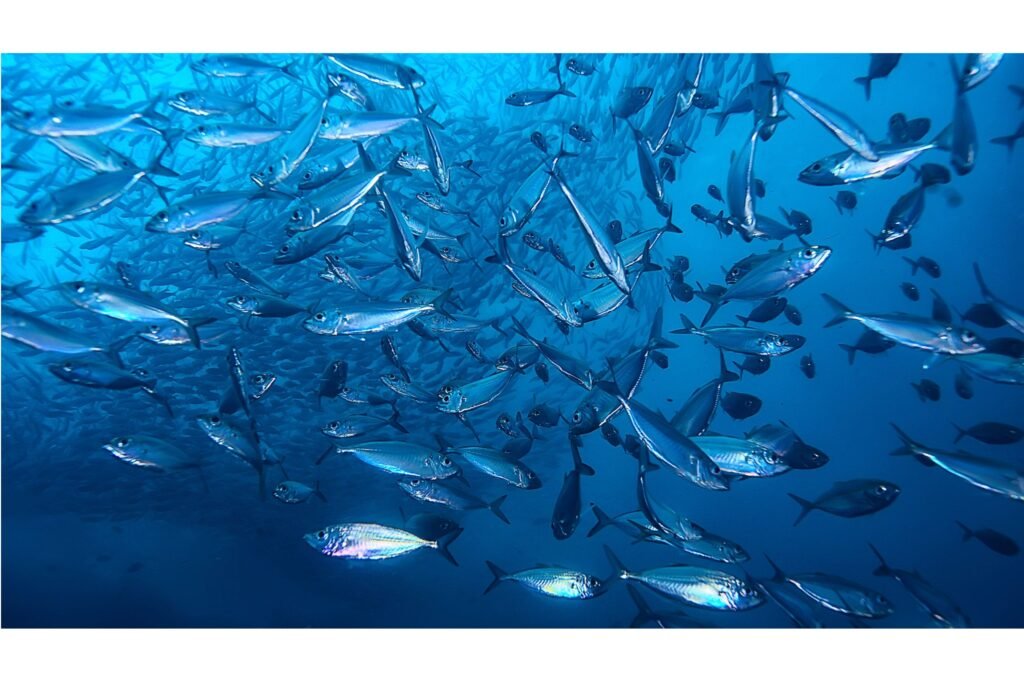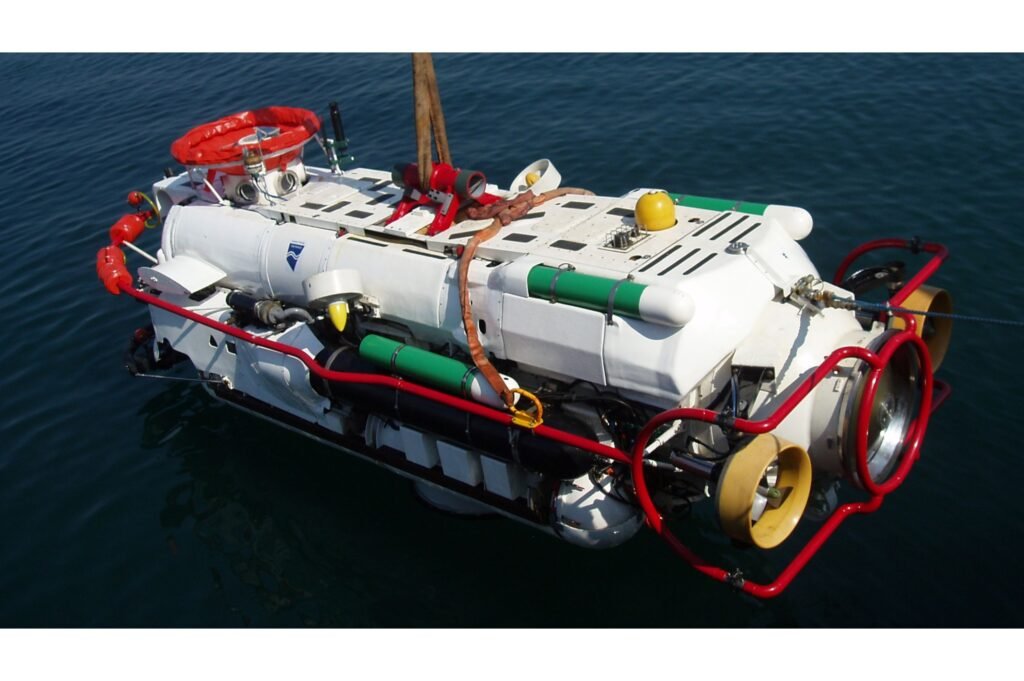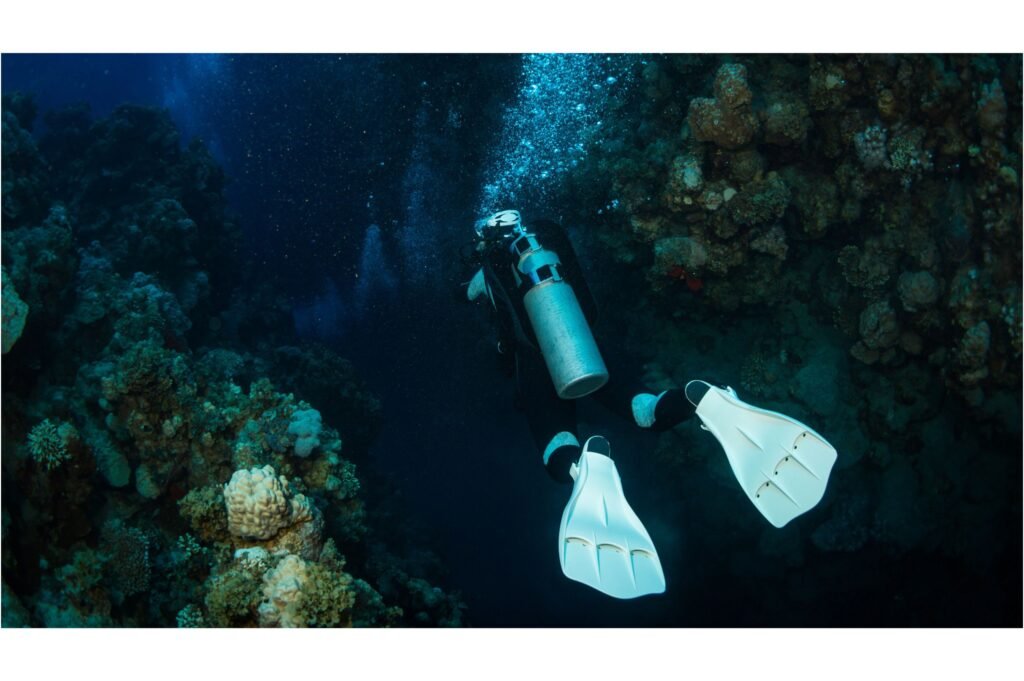The deep sea, a vast and largely unexplored frontier, is home to some of the most bizarre and fascinating creatures on Earth. With conditions that test the limits of life, the deep ocean hosts a variety of organisms uniquely adapted to survive in darkness, high pressure, and extreme cold. This article explores the intriguing adaptations and lifestyles of these remarkable deep-sea inhabitants.
The Deep-Sea Environment: A Unique Habitat

The deep-sea environment presents an array of challenges that demand special adaptations from its residents. Characterized by perpetual darkness beyond 1000 meters, temperatures near freezing, and crushing pressures, this environment pushes life to its limits. Despite these harsh conditions, deep-sea creatures have evolved to not only survive but thrive.
Bioluminescence: Nature’s Nightlights

One of the most captivating adaptations of deep-sea creatures is bioluminescence, the ability to produce light through chemical reactions within their bodies. Many species, like the anglerfish, use this light to attract prey, communicate, or deter predators. This phenomenon is not just a survival mechanism but also creates a surreal, otherworldly landscape beneath the waves.
Incredible Pressure Adaptations

The pressure at the deepest points of the ocean can exceed 16,000 pounds per square inch. Deep-sea creatures have evolved flexible membranes and specialized proteins to maintain cellular integrity under these extreme conditions. Some, like certain species of jellyfish and octopuses, possess gelatinous bodies that resist compression.
Unusual Feeding Mechanisms

Food is scarce in the deep sea, compelling its inhabitants to adapt in extraordinary ways. The gulper eel, with its massive mouth, can swallow prey larger than itself, while the vampire squid feeds on marine snow—nutrient-rich detritus that drifts down from the upper layers of the ocean. These adaptations ensure survival in a habitat where meals are infrequent.
Camouflage and Defensive Strategies

In a world without light, camouflage and evasion take on unique forms. Many deep-sea fish, such as the black seadevil, have dark skin to blend into the abyss. Others, like the glass squid, are nearly transparent, making them harder for predators to spot. Some species even release luminous clouds to confuse attackers and make a swift escape.
The Role of Hydrothermal Vents

Hydrothermal vents are found at the ocean floor where tectonic plates move apart. They release mineral-rich water, providing an oasis of life in the dark deep. These environments host unique ecosystems, including giant tube worms and shrimp, which derive energy from chemical reactions rather than sunlight in a process known as chemosynthesis.
Reproduction in the Deep: Unique Strategies

Reproduction can be challenging in the vast expanse of the deep sea. Some species, like certain anglerfish, exhibit sexual parasitism, where males latch onto females, providing a ready supply of sperm whenever needed. Others release vast amounts of gametes into the water column, relying on chance encounters for fertilization.
Research and Exploration: Illuminating the Abyss

Despite technological advances, much of the deep ocean remains unexplored. Submersibles and remotely operated vehicles (ROVs) have made great strides in revealing the mysteries of the deep, uncovering new species and ecosystems. Ongoing research continually challenges our understanding of life’s resilience and adaptability.
The Importance of Deep-Sea Ecosystems

Deep-sea ecosystems play a crucial role in global processes, including carbon cycling and nutrient regeneration. They also provide insights into life’s adaptability and evolution. However, these fragile environments are threatened by human activities such as deep-sea mining and pollution, highlighting the need for conservation efforts.
A Final Frontier: The Future of Deep-Sea Exploration

The deep sea remains one of Earth’s last frontiers, teeming with mysteries yet to be uncovered. As technology advances, so does our ability to explore these depths responsibly. The continued study of deep-sea creatures not only enriches our understanding of life on Earth but also inspires awe and respect for the ocean’s hidden wonders. Can you imagine the wonders we could discover? Atlantis anyone?

Jan loves Wildlife and Animals and is one of the founders of Animals Around The Globe. He holds an MSc in Finance & Economics and is a passionate PADI Open Water Diver. His favorite animals are Mountain Gorillas, Tigers, and Great White Sharks. He lived in South Africa, Germany, the USA, Ireland, Italy, China, and Australia. Before AATG, Jan worked for Google, Axel Springer, BMW and others.



